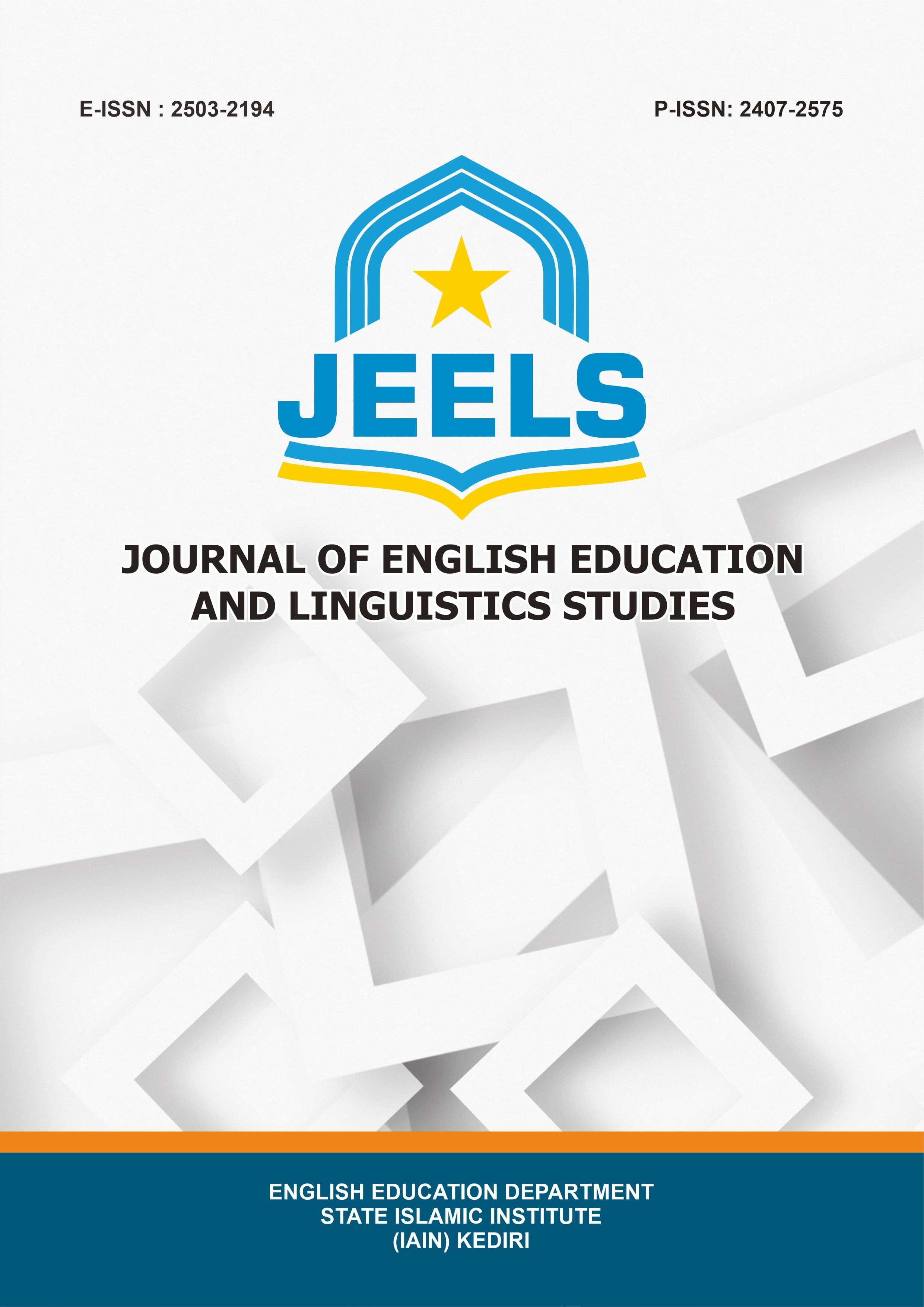Stad as A Strategy of Teaching Reading Comprehension in Junior High School
DOI:
https://doi.org/10.30762/jeels.v2i1.42Keywords:
reading comprehension, STADAbstract
This research investigated whether there was a significant difference on students’ achievement in reading comprehension taught using STAD and lecture method. The sample was the eighth-graders of SMPN 3 Banjarmasin. A quasi-experimental design was employed in this research. The experimental group was taught using STAD while control group was taught using lecture method. A reading comprehension test as the instrument of collecting data was administered for both groups. Based on the research result using t-test, it was found that the t value was higher than t-table (2.39315 > 2.00) which means that there is a significant difference of achievement between the experimental group and control group. From these findings it can be interpreted that the use of STAD is more effective than lecture method in teaching reading comprehension for junior high school students. It is suggested for English teachers in Junior High School to use STAD in teaching reading since it is useful in improving students’ reading comprehension achievement.
Downloads
References
Andik. (2013). Improving Reading Comprehension By Using Think, Pair, And Share Technique. JP3, 1 (12)
Arikunto, S. (2006). Prosedur Penelitian Suatu Pendekatan Praktik. Jakarta: Rineka Cipta.
Brown, H. D. (2001). Teaching by Principles: An Interactive Approach to Language Pedagogy (Second Edition). New York: Mc. Graw Hill Companies, Inc.
Fraenkel, J. R., Norman E. W., & Helen H. H. (2006). How to Design and Evaluate Research in Education (Eighth Edition). New York: Mc. Graw Hill Companies, Inc.
Grabe, W. & Fredericka L. S. (2002). Teaching and Researching Reading. England: Longman.
Sudijono, A. (2012). Pengantar Statistik Pendidikan. Jakarta: Rajawali Press.
Slavin, R. E. (1995). Cooperative Learning (Second Edition). Massachusetts: Allyn & Bacon.
Downloads
Published
How to Cite
Issue
Section
License
Copyright (c) 2015 JEELS (Journal of English Education and Linguistics Studies)

This work is licensed under a Creative Commons Attribution 4.0 International License.










